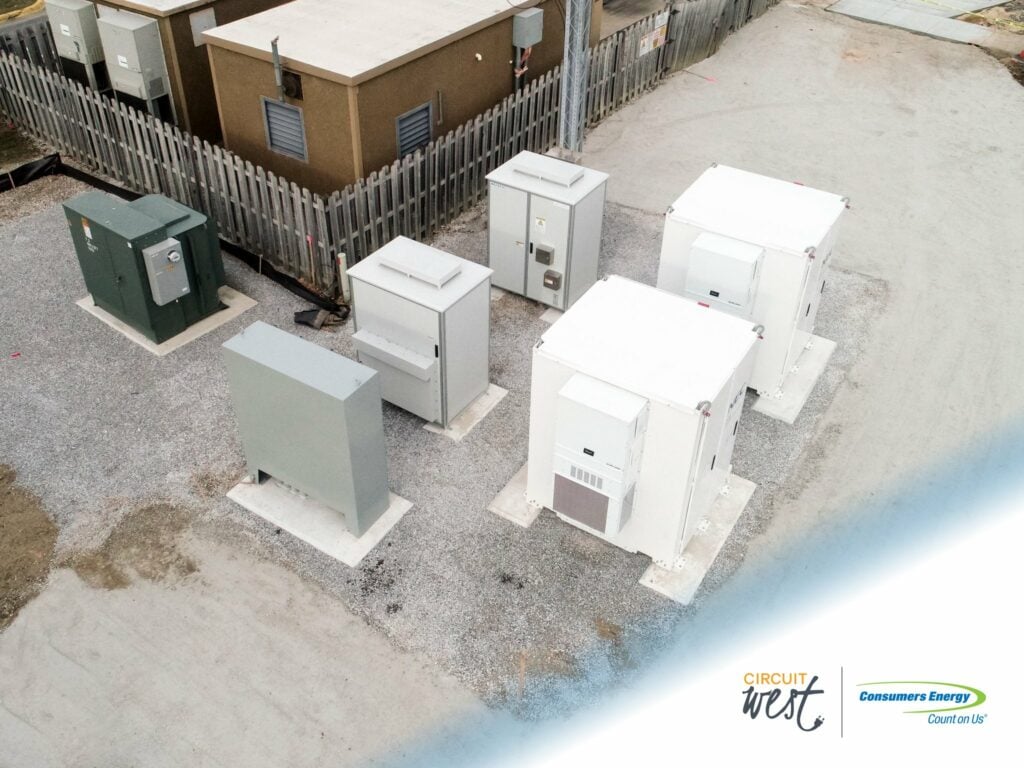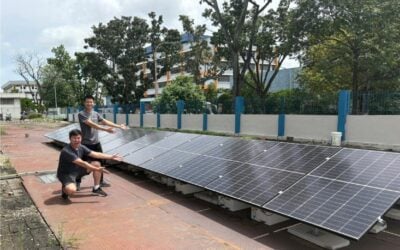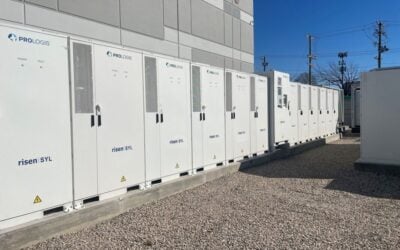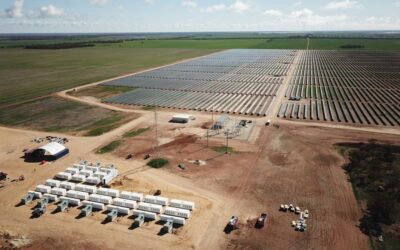
Michigan should target 2,500MW of energy storage deployments by 2030, a new report funded by the US state’s Department of Environment, Great Lakes and Energy (EGLE) has recommended.
That would enable the retirements of fossil fuel plants, enable investments in renewable energy planned by its utilities and make Michigan the 10th US state to adopt a formal deployment target or aspirational goal, according to the ‘Energy Storage Roadmap for Michigan’, published today.
Enjoy 12 months of exclusive analysis
- Regular insight and analysis of the industry’s biggest developments
- In-depth interviews with the industry’s leading figures
- Annual digital subscription to the PV Tech Power journal
- Discounts on Solar Media’s portfolio of events, in-person and virtual
The roadmap was produced by the Institute for Energy Innovation with partners the Michigan Energy Innovation Business Council, consulting firm 5 Lakes Energy and Annick Anctil, a professor at Michigan State University.
The partners responded to an EGLE solicitation issued in 2020 to create the document, which the state government said should be used “to determine energy storage potential in Michigan and develop recommendations to inform investment and policies regarding energy storage”.
Multiple benefits of energy storage in decarbonisation drive
In September 2020, Governor Gretchen Witmer issued an Executive Directive which set the state a goal of economy-wide carbon neutrality by 2050, with an interim goal to reduce greenhouse gases (GHGs) to less than 28% of 2005 levels, by 2025.
This followed commitments to net zero carbon emissions by major Michigan utilities DTE Energy and Consumers Energy, set in 2019 and earlier in 2020 respectively. According to the US Energy Information Administration (EIA) however, in 2020, only 11% of Michigan’s total in-state generated electricity came from renewables, mostly from wind.
At least 7GW more solar and wind are expected to be installed by 2040 according to commitments by DTE Energy and Consumers Energy, bringing the state’s renewable capacity to more than 10GW.
Meanwhile the Midcontinent Independent System Operator (MISO) grid that spans 11 US states including Michigan has some of the lowest shares of renewable energy but among the highest levels of curtailment in the country already.
The issue of the EGLE request for proposals (RfP) for a roadmap followed the finding of consensus across electricity system stakeholders that energy storage offered multiple benefits to the network and for consumers, at a hearing held by the regulatory Michigan Public Service Commission (MPSC) in August 2021.
As reported by Energy-Storage.news at the time, Consumers Energy, DTE, commission staff, trade group Advanced Energy Economy and others offered their input and the two utilities were ordered to carry out small pilot projects to test energy storage technologies against multiple use cases.
4000MW/16,000MWh by 2040
The roadmap authors noted that Michigan was one of many US states in which policies still lag behind industry trends around the fast development of energy storage, which enables the increasing use of renewable energy and electrification of buildings and transport, as well as bi-directional flows of power on the grid.
Modelling the impact of both behind-the-meter (BTM) customer-sited energy storage and front-of-the-meter (FTM) utility-scale storage, the authors recommended that the state set a short-term target for 1,000MW of FTM energy storage by 2025.
By 2030, that need is expected to grow to 2,500MW of FTM storage and 4,000MW by 2040, if the state is to avoid curtailment of renewable energy generation and maintain reliability of the electric grid, the roadmap said.
The study was modelled around the costs of four-hour duration energy storage systems, meaning that in capacity terms, that would be 16,000MWh of storage by 2040.
The roadmap also recommended that a ‘value of storage’ study should now be conducted to quantify the benefits of energy storage.
The state government should also undertake a number of measures, including installing BTM storage at public buildings to “lead by example,” figure out how to employ enough people for the energy storage sector and provide financing through Michigan’s energy efficiency and renewable energy revolving loan fund.
Regulators meanwhile should start requiring utilities to include accurate evaluations of the energy storage opportunities in their service area and how they could meet storage targets, if established. The regulatory Michigan Public Service Commission (MPSC) should also require utilities to conduct competitive energy storage procurements with a level playing field for third-part ownership models.
Other recommendations for regulators included requiring utilities to produce maps of publicly available hosting capacity for energy storage which developers could use in their decision-making and to support the implementation of FERC Order 841 and Order 2222, which order regional transmission operators (RTOs) and independent system operators (ISOs) to enable energy storage to participate in wholesale electricity markets.
See the full roadmap here.






